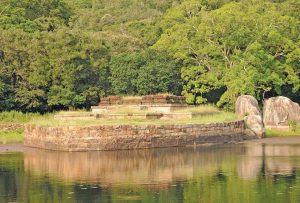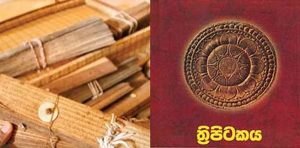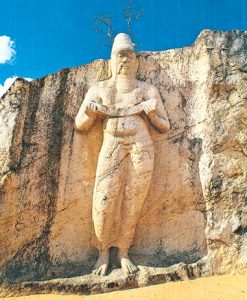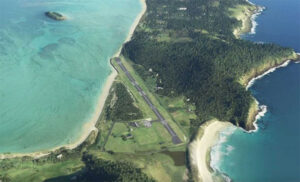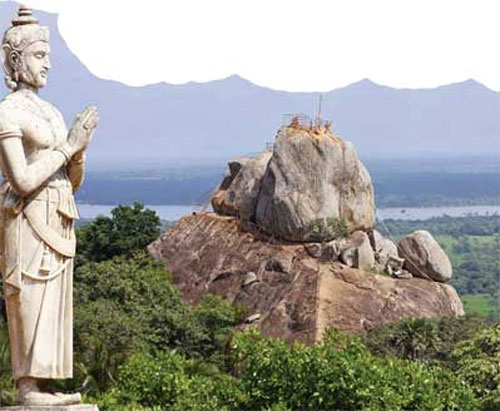
characteristics of culture
Just as the Buddha introduced a great Dhamma to the whole world, the Venerable Arahant Mahinda Thero is equally important to the people of Sri Lanka. What we call the Arahant Mahinda Thero is also a prefix to the corresponding metaphor. Sri Lanka has sent messengers to nine major countries as a result of the Third Dharma Sangayana, which was contributed by Emperor Ashoka the Great, who is regarded as the greatest emperor of India. There is a lot of evidence to show that Sri Lanka was more special than any other country.
According to our sources, King Tissa, who was the king of Sri Lanka at the invitation of Emperor Damso, once again obtained the abysses and added the title “Second Father” to his name. It is fortunate that he was generous enough to send Sri Lanka to Sri Lanka, the son of Emperor Dharmasoka, Arahat Mahinda, and his daughter Sangamitta.
There is no doubt that the other missionaries who accompanied these Apostles, and especially the branch of the Jaya Sri Maha Bodhi, brought to the temple of the Bodhi the eighteen caste craftsmen who brought all the renowned Mauryan cultural items of the time.
There may have been some way of exchanging messages before the noon. But its systematic adjustment appears to have been made after the Great Depression. It was probably a native species in India at that time. With the advent of Mahinda the language developed rapidly and soon became rich enough to produce a great deal of text, glossary and glossary.
In the case of architecture, it is not known that there was a great improvement in the construction of the building which was built to accommodate the Venerable Thero and the people at the same time. . But it is noteworthy that the progress made by King Pathis II and the Arahant Mahinda Thero at the Mahamemuna Uyana in Anuradhapura was the location of all the buildings needed to establish the Sasana.
And when we think of the Ruwanmali Mahasa-Radun which is still considered as one of the most magnificent buildings in the world today, Abhayagiri, Jetavana and other chaityas, and the grandeur of a new house or a few floors, we see the improvement in the architecture of our architecture. On the other hand, even the toilet and toilet wastes can still be found in the adjoining bathrooms and toilets with the latest hygiene practices, without allowing them to flow to the earth.
When one looks at the ruins of a group of buildings in the Jupa town of Anuradhapura, it is hard to imagine how these sacred sites, which were built by thousands of people, were built.
The ruins of hospitals where hundreds of thousands of monks donated food and the hospitals where they were treated indicate that the monastery complex was full of the necessary tools for an organized society.
Wood carvings are mentioned, but their ruins cannot be seen because of natural disasters as well as decay over time. But the pillars at Thuparamaya, Loewamahapa and Thilakkama indicate that there were a number of Sri Lanka-like Buddhist and Bodhi Tigrams and flats. The mention of elephants, bullocks and bullocks shows that Raja Raja Mahamayadars used domestically made vehicles according to their stature.
When it comes to documentary, not only the inscription, but also the literature of Helathuwa, indicates that the Sinhala language is rich enough to describe this noble Dhamma. Not only the songs written on the walls of the Sigiriya Cathedral but also the mention of the 12 great poets are evidently literary.
Even in the case of sculpture, this period of development can be attributed to the influence of the Indus culture. The carvings of the Sanchi pandal have been reported to bring the Sri Maha Bodhi to Sri Lanka.
These are found in Sri Lanka and on the rocky walls of the Wahalkada, on the eastern Wahalkada carvings of the Kanaka Chetra and later in the entryways like the Sanchiithorana. These crafts came from India but have developed into the very simple techniques that are unique to Sri Lanka. The semi-circular stone found at the foot of the staircase, which is on our statues, is a good example of a local craftsman.
It is not an exotic object that reflects all the sadness of the world, but the local swan, the elephant, the bull, the lion, and the horse. cycle. This is more than just the moonstone in India but also the message from the animals.
